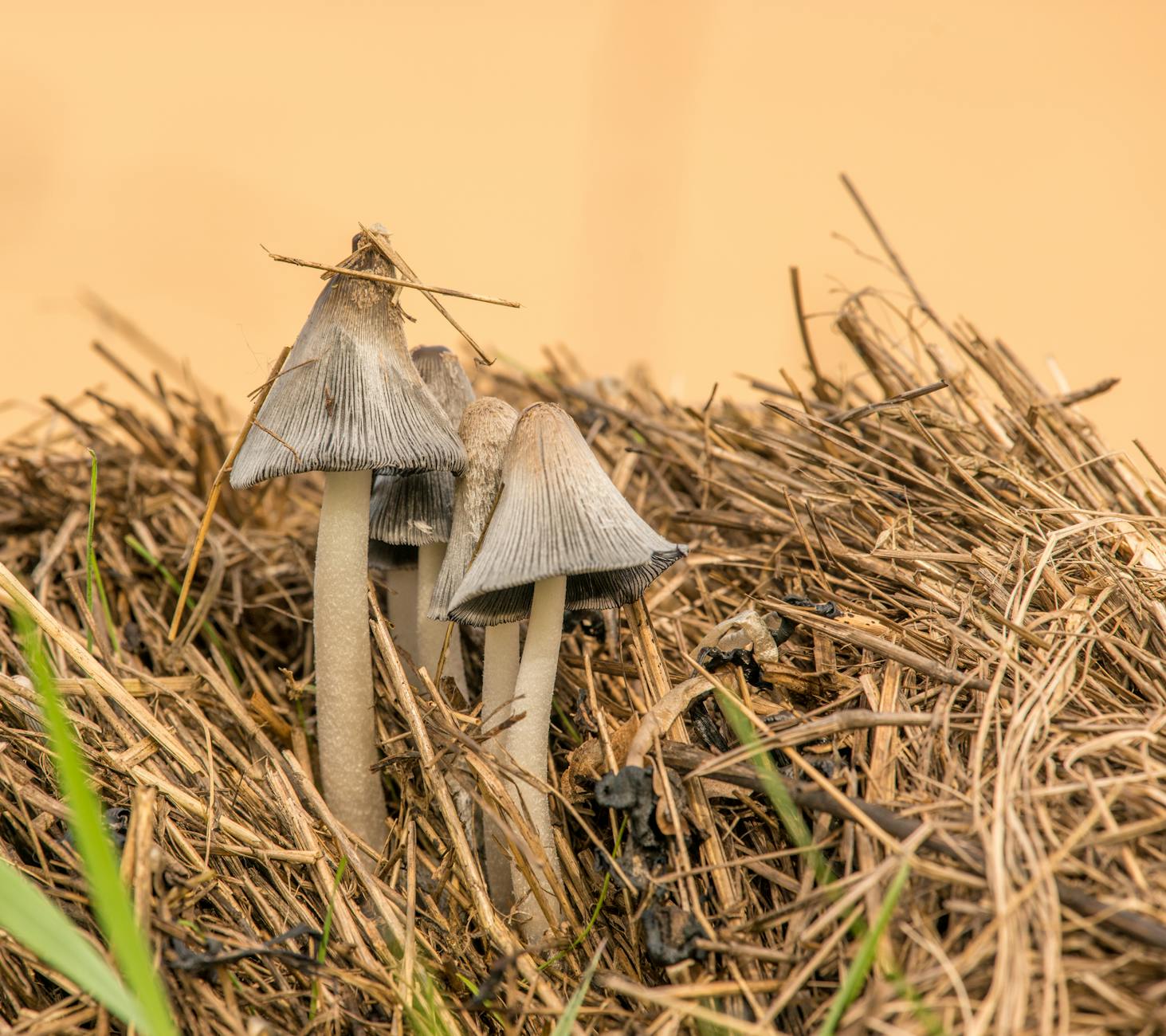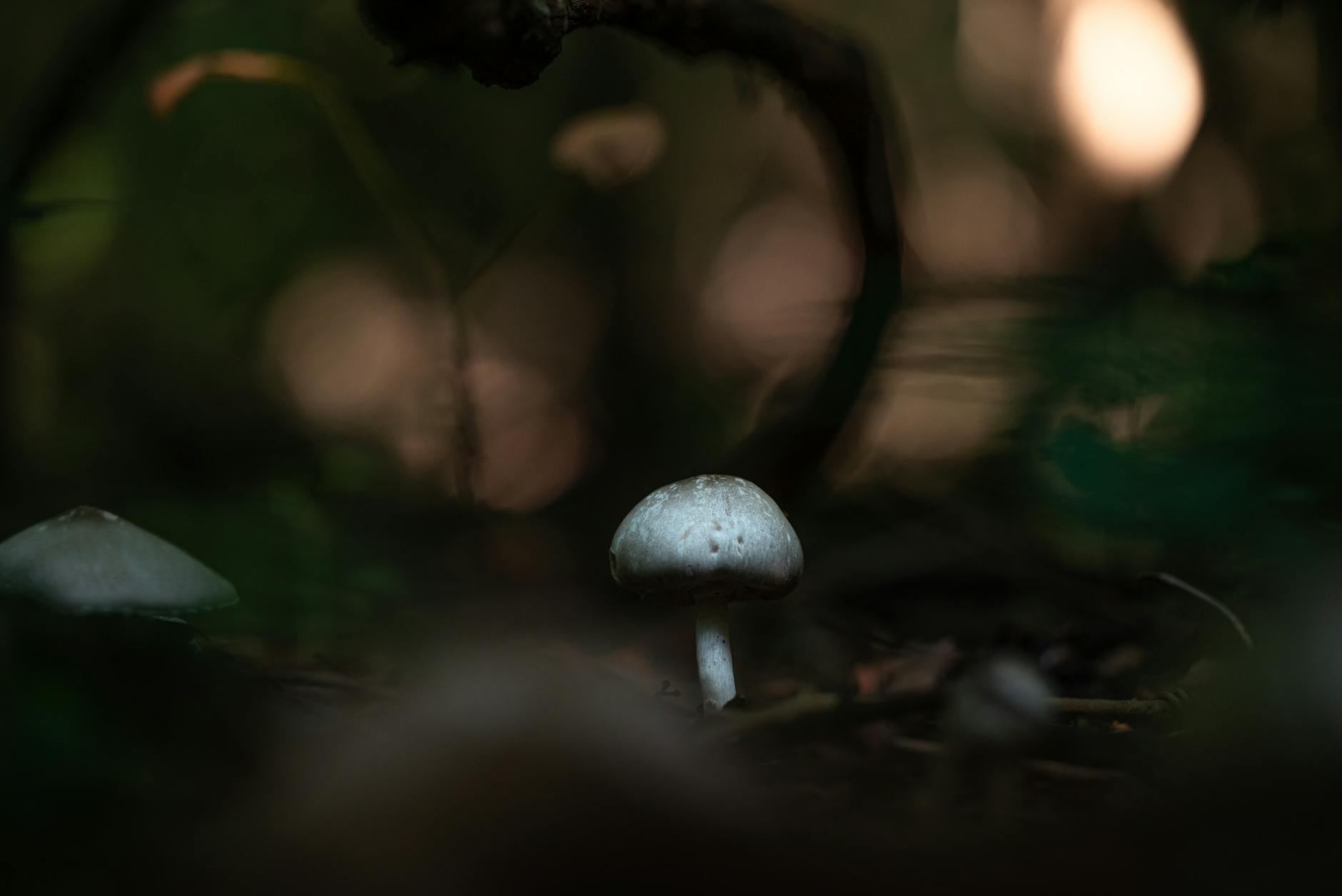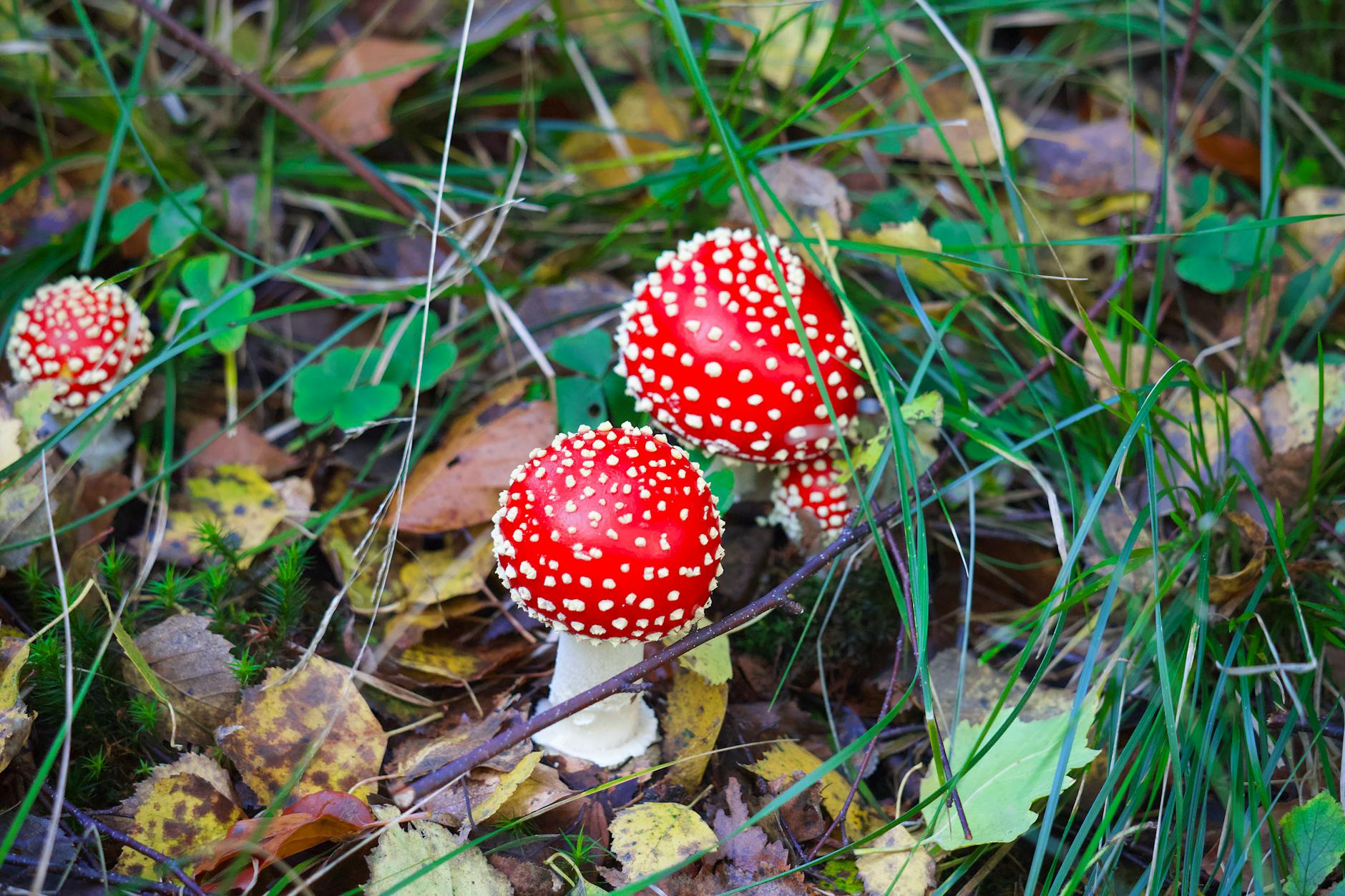Puffball foraging is an exciting and rewarding activity that allows nature enthusiasts to explore the abundant world of mushrooms. These unique fungi are known for their round, puffball-like appearance and distinctive flavor profiles. In this effortless guide to discovering delicious mushrooms, we will delve into the art of puffball foraging, highlighting key tips, identification techniques, and culinary uses.
Understanding Puffballs: What Makes Them Unique
Puffballs belong to the genus Lycoperdon and are characterized by their globe-shaped fruiting bodies that release spores through an opening when mature. Unlike many other mushrooms, puffballs lack gills and instead produce spores internally. This distinctive trait sets them apart and makes them relatively easy to identify in the wild.
Identifying Puffballs in Their Natural Habitat
When embarking on a puffball foraging expedition, it is essential to know where and when to look for these delectable fungi. Puffballs typically grow in grassy areas, woodlands, and meadows during the late summer and fall months. Look for round, white to brownish mushrooms ranging in size from small marbles to large softballs.
Key Tips for Successful Puffball Foraging
1. Choose Fresh Specimens: Select puffballs that are firm and free of blemishes or discoloration.
2. Inspect the Interior: Carefully slice open the puffball to check for a solid, uniform interior. Avoid specimens with dark spots or powdery masses.
3. Avoid Puffballs with Inedible Lookalikes: Some puffball varieties have toxic counterparts, so it’s crucial to be confident in your identification skills.
Culinary Delights: Creative Ways to Enjoy Puffballs
Puffballs boast a mild, earthy flavor and a texture that can range from soft and velvety to firm and meaty. These versatile fungi can be enjoyed in a variety of dishes, from simple sautés to gourmet creations. Here are some creative ways to incorporate puffballs into your culinary repertoire:
– Sautéed Puffballs: Slice puffballs and sauté them with garlic, butter, and herbs for a quick and flavorful side dish.
– Stuffed Puffballs: Hollow out larger puffballs and fill them with a savory mixture of breadcrumbs, cheese, and seasonings before baking to perfection.
– Puffball Risotto: Incorporate diced puffballs into a creamy risotto for a rich and satisfying meal.
Safety First: Precautions for Puffball Foraging
While puffballs are generally considered safe to eat, it is essential to practice caution when foraging for wild mushrooms. Follow these safety guidelines to ensure a positive and risk-free experience:
– Consult a Field Guide: Carry a reliable field guide with detailed information on puffball identification.
– Seek Expert Advice: When in doubt, consult with experienced foragers or mycologists to confirm your findings.
– Start Slow: If you are new to mushroom foraging, begin by sampling small quantities of any fungi you collect to assess your tolerance.
In conclusion, puffball foraging offers a delightful opportunity to explore the natural world and savor the unique flavors of these intriguing fungi. By following the tips and techniques outlined in this guide, you can embark on a fulfilling culinary adventure filled with delicious discoveries. So put on your walking shoes, grab a basket, and venture into the great outdoors to uncover the wonders of puffball foraging.


